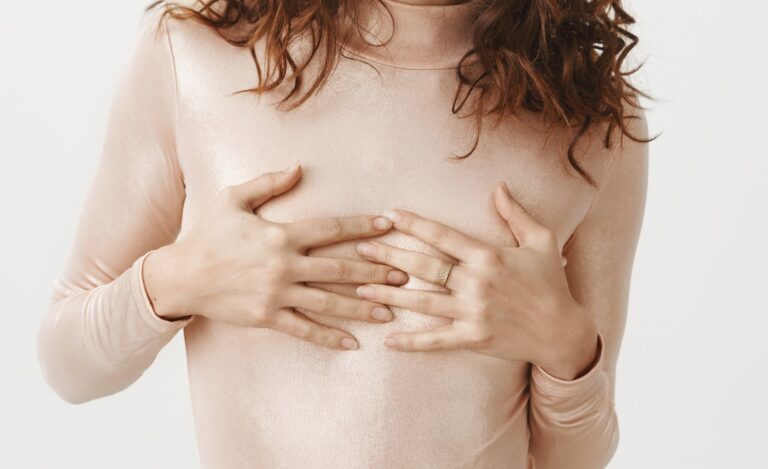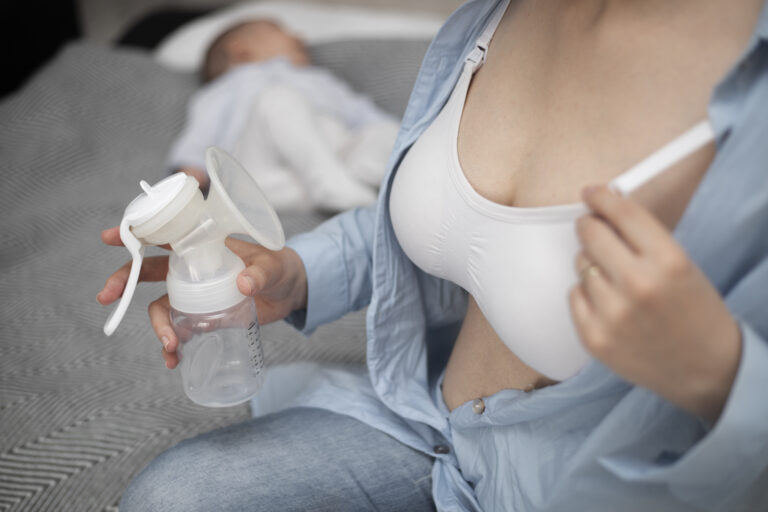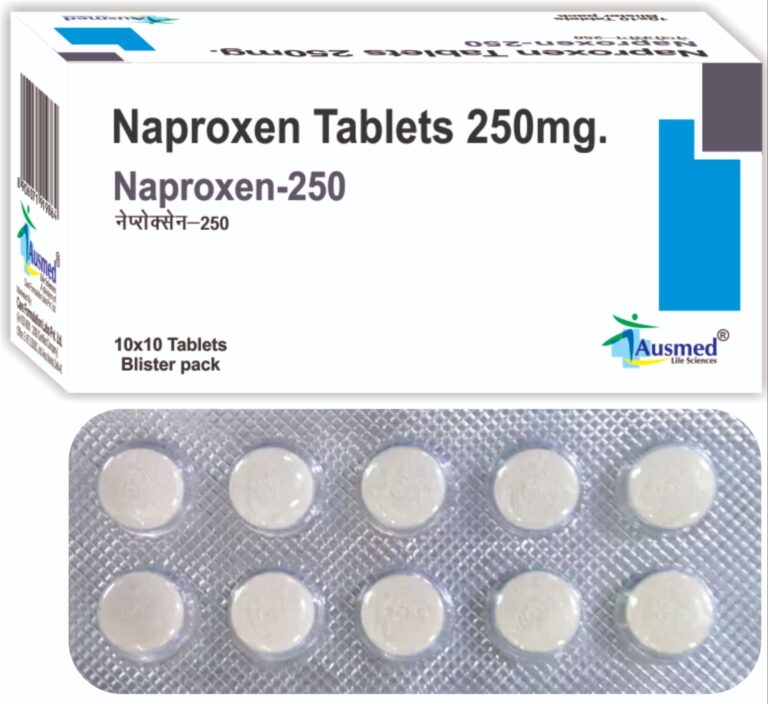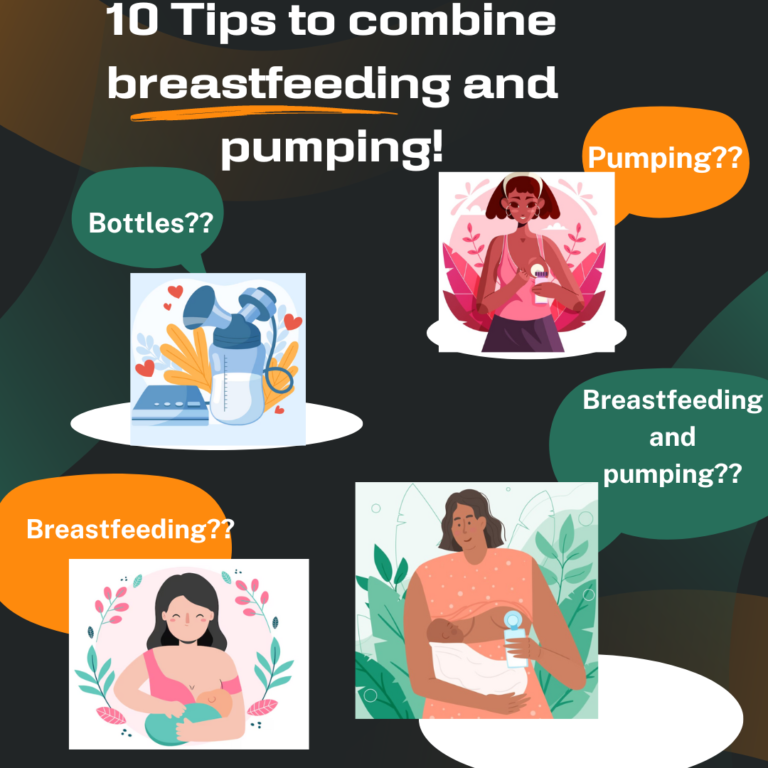What are nipple shields : How to find perfect size

Breastfeeding is a beautiful and natural way to nourish your baby, but it can sometimes be challenging, especially for new moms. Nipple shields are an essential tool that can make this journey more comfortable and successful.
In this article, we’ll delve into what nipple shields are, how they work, their benefits, and some tips for using them effectively.
What Are Nipple Shields?
Nipple shields are thin, flexible covers made of silicone or latex designed to protect and assist the nipple during breastfeeding.
They are placed over the mother’s nipple or areola. They help in creating a barrier between the baby’s mouth and the nipple, for overcoming certain issues (discussed further in the article).
How Do Nipple Shields Work?
Nipple shields work by providing a barrier that shields sensitive or injured nipples from the baby’s mouth.
This barrier can help reduce pain and discomfort during breastfeeding while allowing milk to flow through small holes or slits in the shield.
It mimics the texture of the natural breast, making it easier for the baby to latch on.
What is the purpose of a nipple shields?
The primary purpose of a nipple shield for nursing is to assist with breastfeeding by providing a barrier and protection for a mother’s nipple and areola.
Nipple shields are typically used in the following situations:
- Pain Relief: Nipple shields can offer relief to mothers experiencing soreness, cracks, or other discomfort.
- Aid for Latch Issues: Babies with latch issues may find it easier to latch onto the shield’s shape, which is similar to the breast.
- Milk Transfer: Shields enable milk flow, ensuring that your baby receives the nourishment they need.
- Weaning Aid: For moms looking to transition their baby from bottle to breast, nipple shields can be a helpful bridge.
Different size of nipple shields
Nipple shields come in various sizes to accommodate different nipple shapes and sizes. It’s important to select the right size for a comfortable and effective breastfeeding experience.

Here’s a general guideline for choosing the appropriate nipple shield size:
- Measure Your Nipple: To determine the correct size, measure the diameter of your nipple at the base (across the widest part) and not including the areola. This measurement will help you choose the right size.
- Select the Size: Nipple shield sizes are usually labeled with small, medium, large, etc., or with numerical measurements (e.g., 16mm, 20mm). Match your nipple measurement with the corresponding shield size.
- Test for Comfort and Fit: When you start using the nipple shield, pay attention to your comfort and your baby’s latch. The shield should fit snugly over your nipple without causing pain or discomfort. Your baby’s mouth should cover both the shield and your areola.
Keep in mind that the measurement may vary slightly between different brands, so check the specific sizing guidelines provided by the manufacturer.
It’s important to remember that using the correct size nipple shield can significantly enhance your breastfeeding experience and minimize potential issues. Regularly consulting with a healthcare professional is key to ensuring you’re using the right size and getting the support you need.

Do nipple shields affect milk supply?
Yes, Nipple shields can potentially affect milk supply, but the impact varies from person to person and depends on several factors. Here are some key points to consider:
- Milk Transfer Efficiency:Shields may not allow the baby to extract milk as efficiently as direct latching. This can potentially lead to decreased milk supply if not managed properly.
- Breast Stimulation: Direct latching provides better breast stimulation, which is essential for maintaining milk supply. Shields may not stimulate the breast as effectively, which can impact milk production.
- Pumping: If you use nipple shields, it’s important to pump regularly to maintain milk supply. Pumping helps signal your body to continue producing milk, even if the baby’s latch is less efficient.
Maintaining milk supply may require pumping and professional guidance to ensure that your baby receives adequate nourishment.
Tips for using nipple shields for breastfeeding
Using a nipple shield effectively is crucial to ensure a positive breastfeeding experience. Here are some tips for effective nipple shield use:
- Get Professional Guidance: Consult a lactation consultant or healthcare provider to ensure proper fit and use.
- Sanitation: Regularly clean and sterilize the nipple shield to maintain hygiene.
- Latch Awareness: Pay attention to your baby’s latch to avoid potential issues associated with prolonged shield use.
- Weaning Strategy: Work with a lactation consultant to develop a weaning plan if you plan to discontinue using the nipple shield.
- Patience: Shields may take some getting used to, so be patient with yourself and your baby during the adjustment period.
Conclusion
Nipple shields work as nipple guard for breastfeeding and can be a valuable tool for mothers facing challenges. While they offer numerous benefits, it’s crucial to use them under professional guidance and with a clear plan for weaning. Whether you’re dealing with pain, latch problems, or simply seeking a smoother breastfeeding experience, nipple shields can be a helpful aid on your breastfeeding journey.
FAQ’s
- Can I use a nipple shield if I have sore nipples?
Yes, shields can provide relief for sore nipples by creating a protective barrier during breastfeeding.
2. Do nipple shields decrease milk supply?
They may impact milk supply, so it’s crucial to pump and consult a lactation consultant if you have concerns.
3. How do I clean a nipple shield?
Clean the shield with warm, soapy water and sterilize it regularly to maintain hygiene.
















+ There are no comments
Add yours